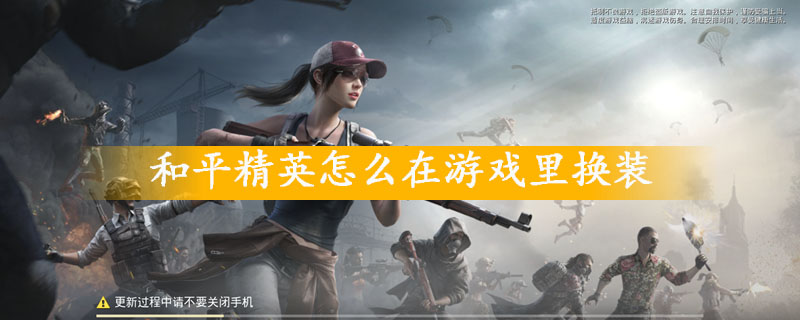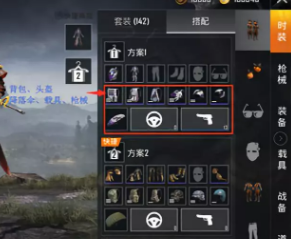crypto money transfer Top Knowledge
(C) plate rotation and capital flow analysisThe technical forms of Shenzhen Stock Exchange Index and Growth Enterprise Market Index are similar to those of Shanghai Stock Exchange Index, and they both face short-term technical adjustment pressure. Shenzhen Stock Exchange means that if the closing price of tomorrow is lower than today's low, and the technical indicators such as relative strength index (RSI) continue to weaken, it may further test the bottom area of the previous box consolidation. Growth enterprise market refers to the supporting role of its 20-day moving average after experiencing today's high opening and low going. If we can hold the moving average and some growth sectors can stop falling and stabilize, the GEM index may be able to maintain a relatively stable range fluctuation in the short term; If it falls below the moving average and the trading volume is enlarged, it may pull back to a lower level, dragging down the whole market sentiment.Second, the analysis of the reasons for high opening and low walking
At present, the global macroeconomic environment is still complex and changeable. Although the domestic economy has generally maintained a stable recovery trend, it still faces many challenges in the context of the global economic slowdown. Although the tension of international trade has eased, uncertainty still exists, and the operating pressure of some export-oriented enterprises has not been fundamentally alleviated, which has affected the market's expectation of overall economic growth to a certain extent, and then reflected in the trend of A-share market. In addition, recent fluctuations in some macroeconomic data, such as marginal changes in manufacturing purchasing managers' index (PMI), have also made investors more cautious in judging the economic prospects, which has become one of the deep-seated reasons for the lack of market confidence and the downward trend of the index after opening higher in the morning.(A) macroeconomic factors(B) Macro policies and news expectations
(B) Macro policies and news expectationsAt present, the global macroeconomic environment is still complex and changeable. Although the domestic economy has generally maintained a stable recovery trend, it still faces many challenges in the context of the global economic slowdown. Although the tension of international trade has eased, uncertainty still exists, and the operating pressure of some export-oriented enterprises has not been fundamentally alleviated, which has affected the market's expectation of overall economic growth to a certain extent, and then reflected in the trend of A-share market. In addition, recent fluctuations in some macroeconomic data, such as marginal changes in manufacturing purchasing managers' index (PMI), have also made investors more cautious in judging the economic prospects, which has become one of the deep-seated reasons for the lack of market confidence and the downward trend of the index after opening higher in the morning.From the internal structure of the market, the phenomenon of plate differentiation is more prominent. The weighting sectors such as finance in early trading once drove the index to open higher, but the follow-up of other sectors was weak. On the one hand, science and technology growth sectors, such as artificial intelligence and semiconductors, which had a large increase in the previous period, are facing profit-taking pressure. With the recent gradual increase in the valuation of related sectors, some investors choose to lock in profits, and funds flow out of these high-valuation sectors, which has a certain impact on the overall popularity of the market. On the other hand, the traditional cyclical sectors, such as steel and coal, are relatively depressed due to multiple factors such as overcapacity, environmental protection policies and fluctuation of downstream demand, and failed to form effective support after the index opened higher, resulting in the lack of core driving force for sustained growth in the market, and finally moved towards a low trend.
Strategy guide
12-14
Strategy guide 12-14
Strategy guide 12-14
Strategy guide
12-14
Strategy guide
12-14
Strategy guide
12-14
Strategy guide
Strategy guide
Strategy guide
12-14
Strategy guide
12-14
Strategy guide 12-14



























